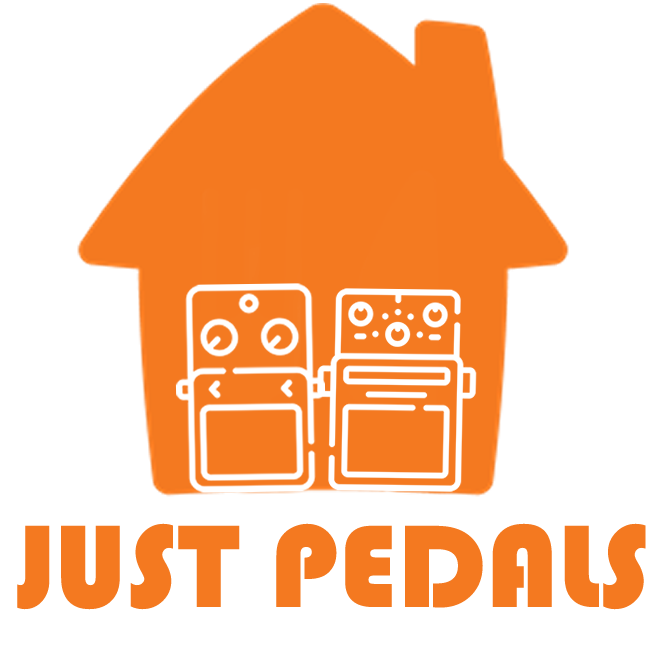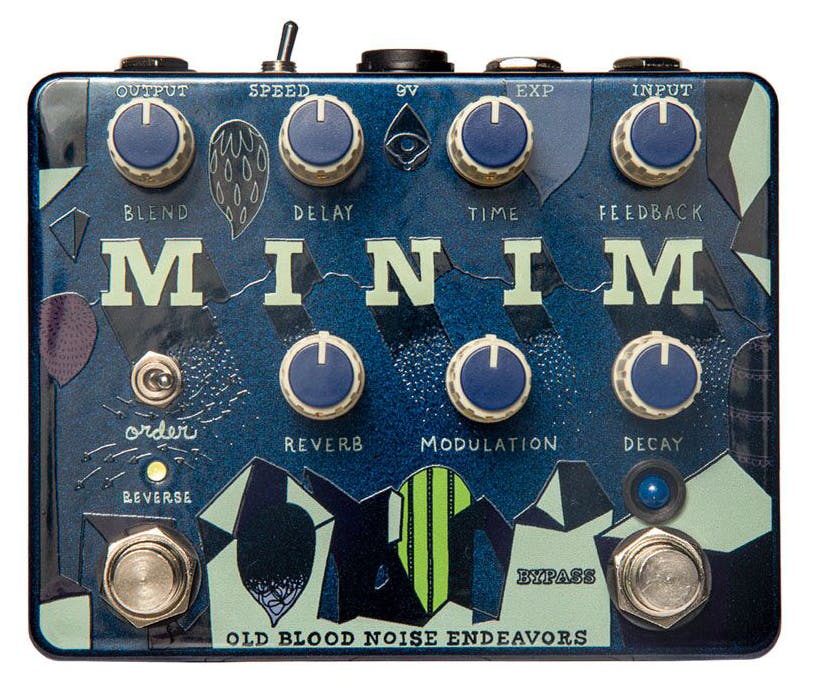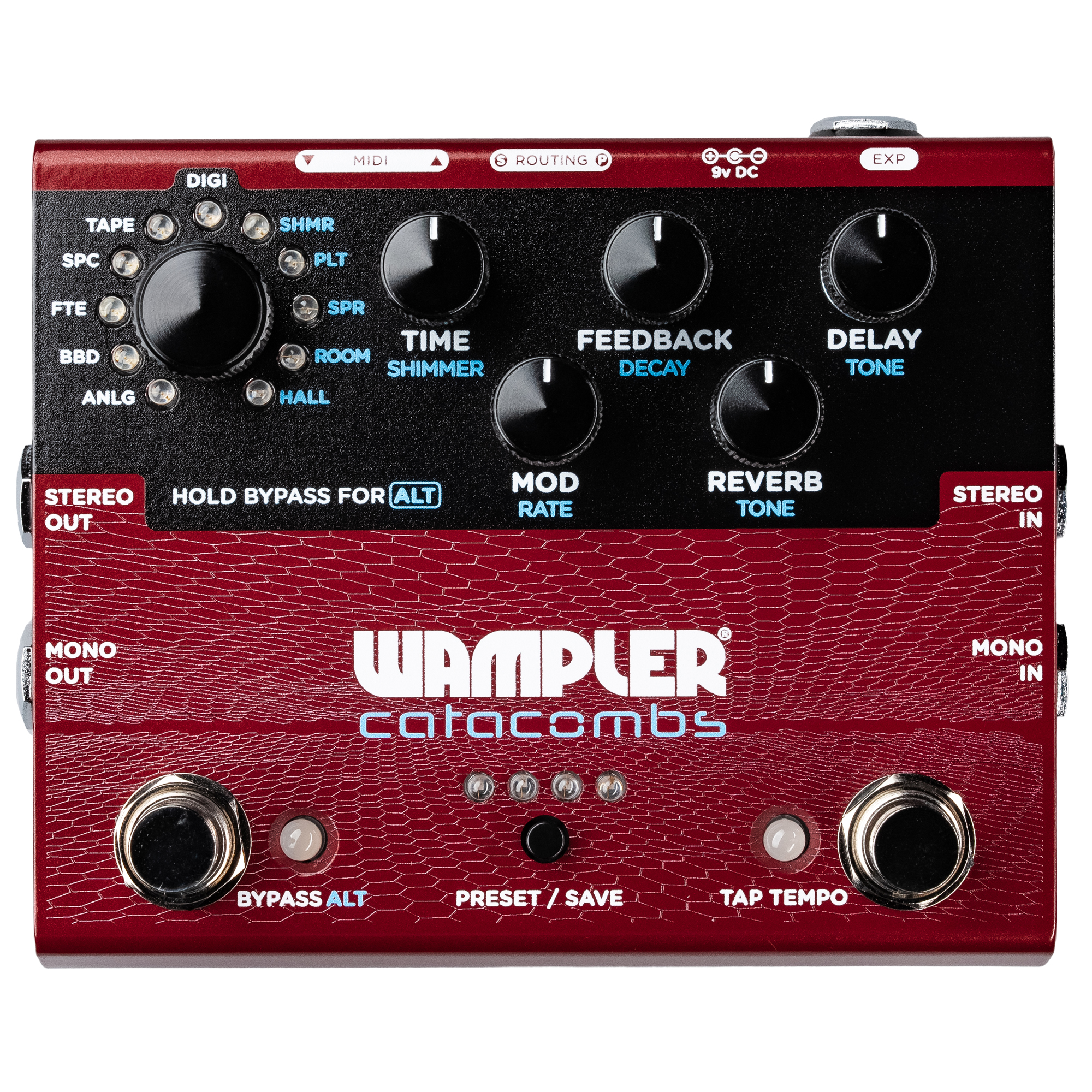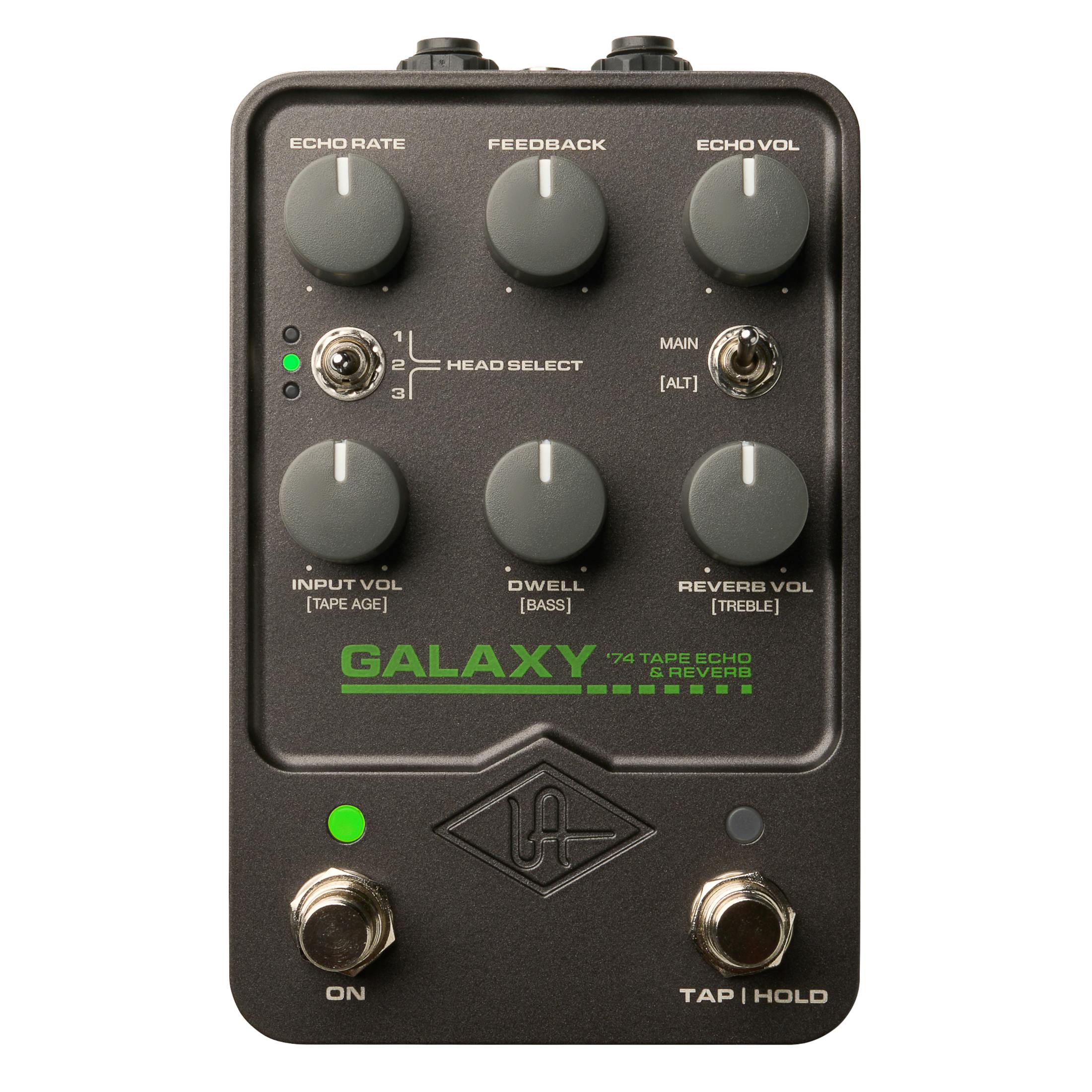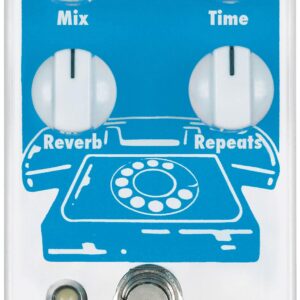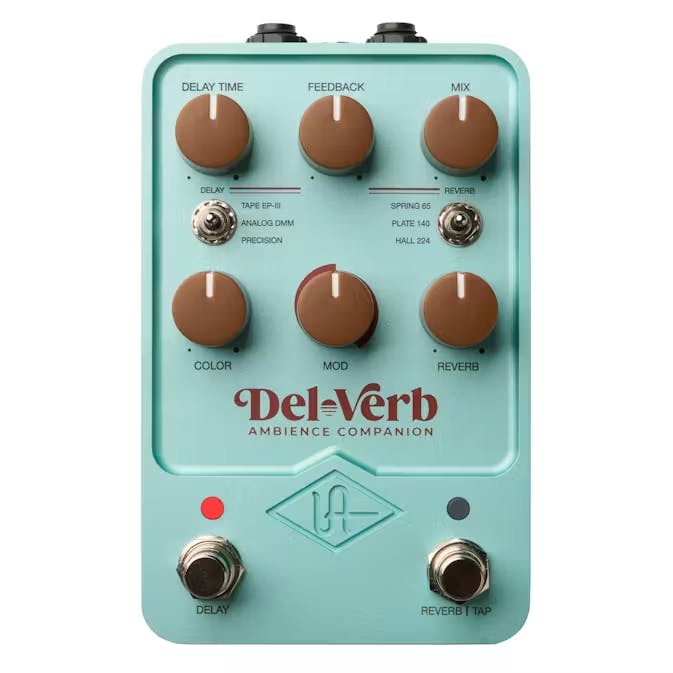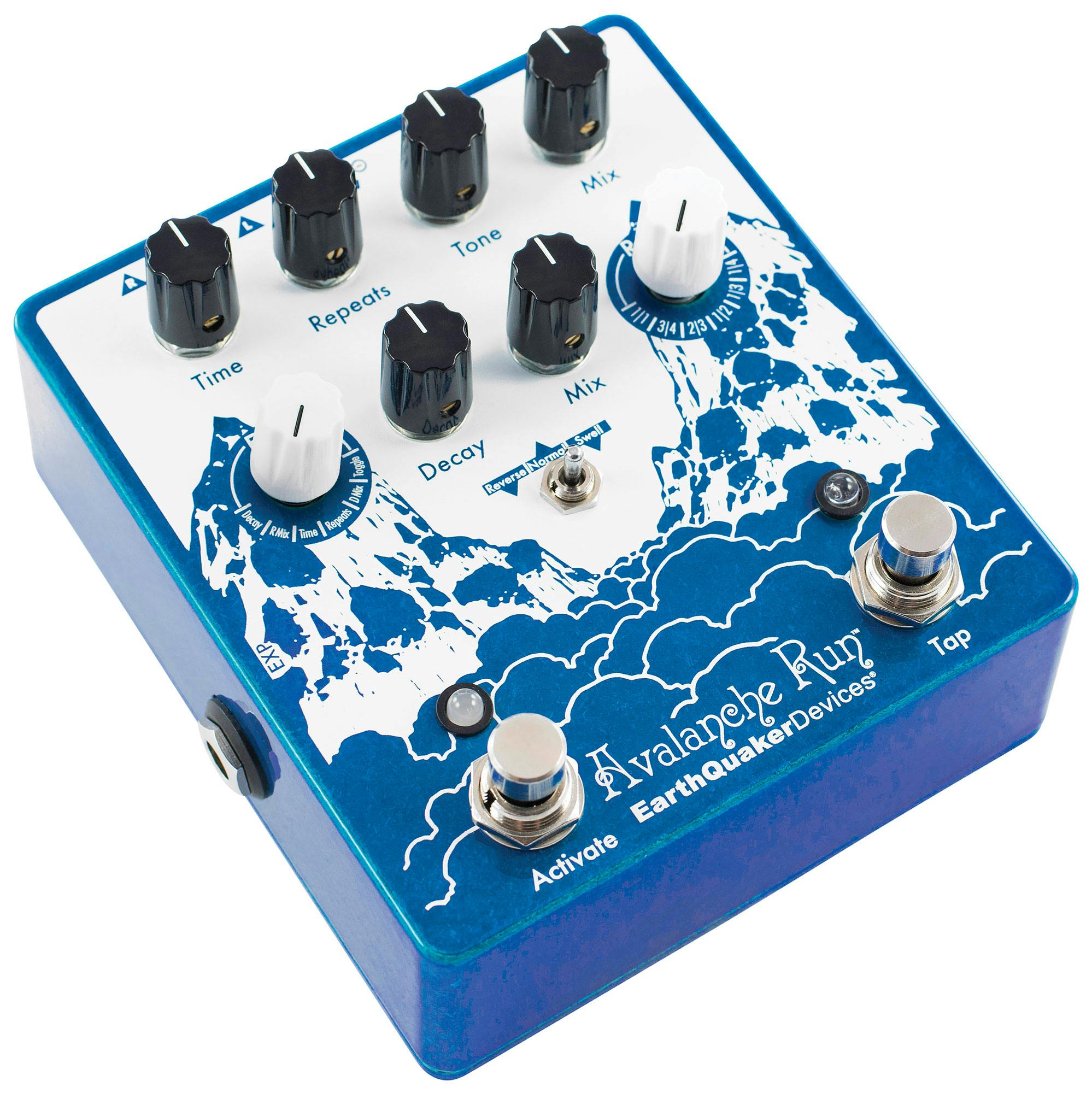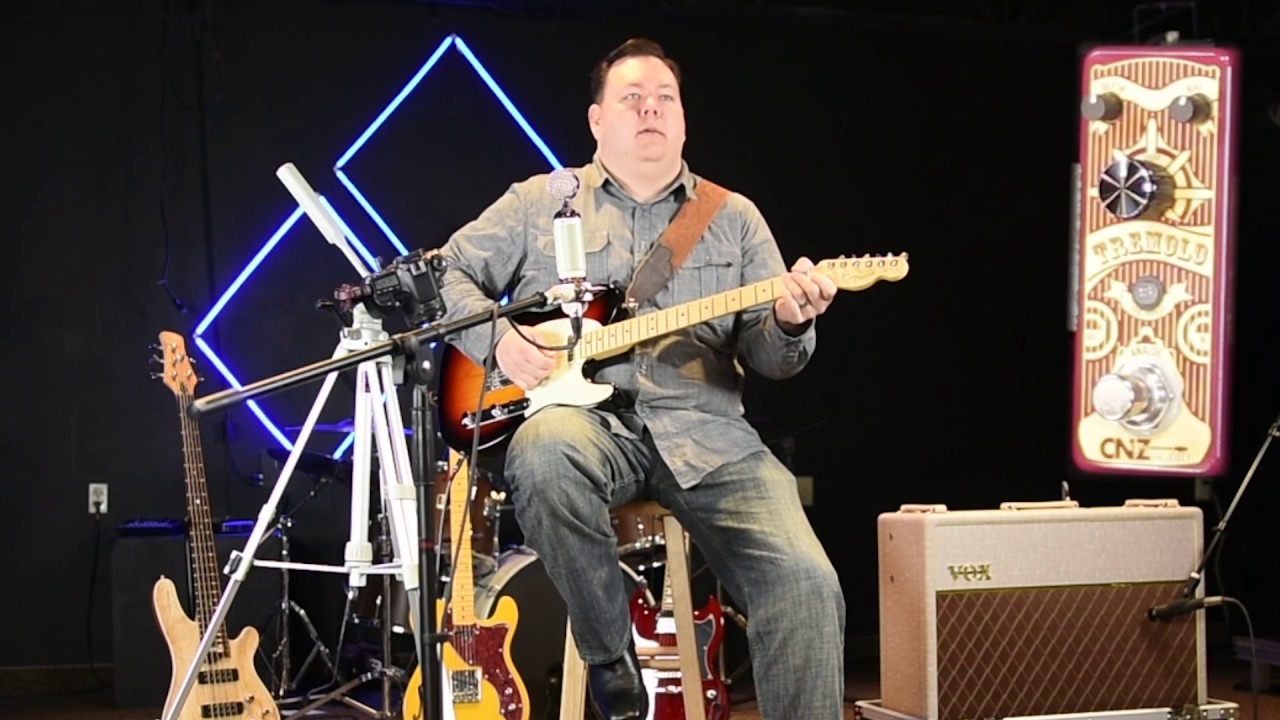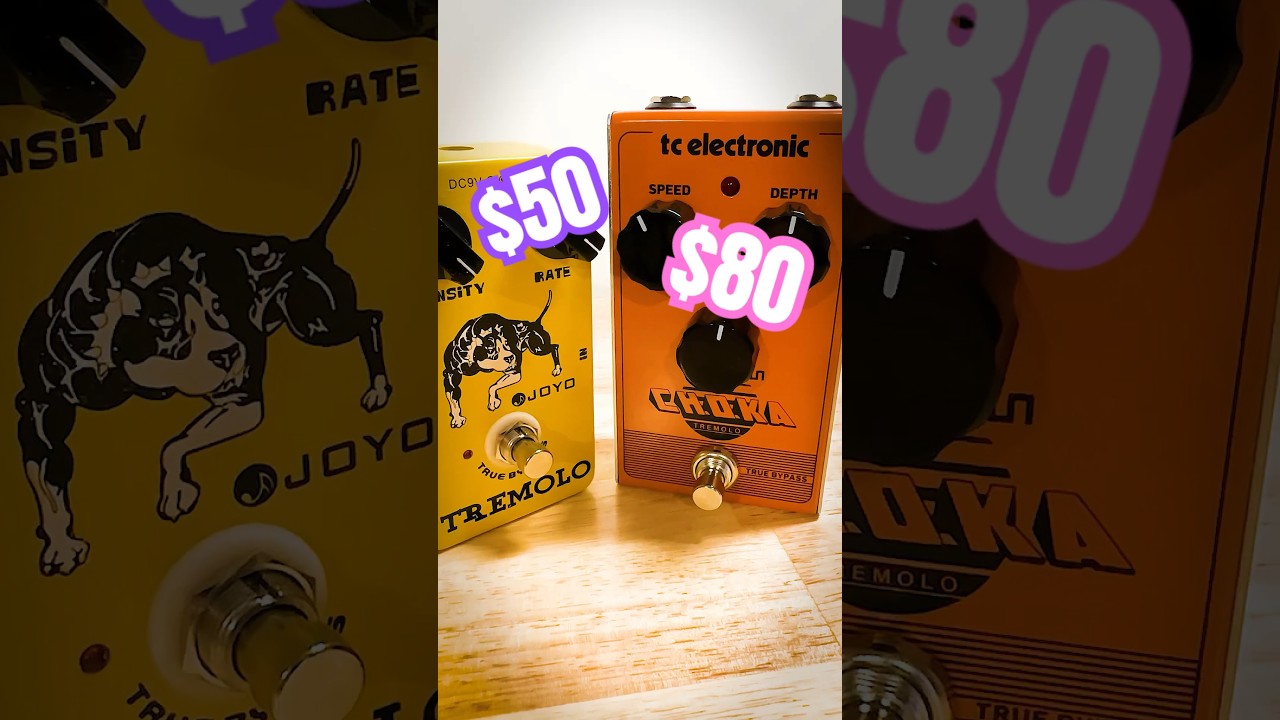Description
The Old Blood Noise Minim Reverb and Delay Pedal is currently retailing at £249 and it is out of stock. Available to be delivered to you by post direct (some charge may apply).The team at Just Pedals think that Old Blood Noise nailed it with the Old Blood Noise Minim Reverb and Delay Pedal. Old Blood Noise Minim Reverb and Delay Pedal
We have new and used Old Blood Noise musical equipment available on our website for fast direct delivery from sellers across the UK & Europe.
Old Blood Noise Endeavors is a boutique effects pedal company based in the United States, known for its creative and experimental approach to guitar pedals. Founded by **Nick and Jessie** in 2014, Old Blood Noise focuses on pushing the boundaries of traditional pedal designs, offering unique soundscapes and innovative features. The company?s pedal range includes a variety of **delays**, **reverbs**, **modulation**, and **distortion** effects, with standout models such as the **Expression Repeater**, **Black Fountain Delay**, and **Alpha Haunt Fuzz**. Old Blood Noise pedals are appreciated for their ability to create atmospheric, unconventional sounds, often incorporating unusual controls and features that allow for deeper tonal exploration. With a strong emphasis on artistic expression and sonic experimentation, Old Blood Noise Endeavors is popular among musicians who seek to create new, inspiring tones and textures.
A delay pedal is used to create an echo effect by repeating the original sound after a short time. It works by capturing the input signal and then replaying it with adjustable delay time and feedback. The longer the delay time and the more feedback, the more pronounced the repeating echo becomes, adding depth and space to the sound.
There are different types of delay pedals, including analogue, digital, and tape delay. Analog delay provides a warmer, more natural echo, while digital delay offers clear, precise repeats and additional features like tap tempo. Tape delay mimics the sound of vintage tape machines, adding a distinctive, slightly warbled effect. Delay pedals are widely used across genres to create atmosphere, enhance solos, or add complexity to rhythms.
Just Pedals is a new Guitar Effect Pedals Marketplace – We feature new and used Guitar Effect pedals from different sellers, to purchase online from the UK.
Noise gates, available on justpedals.co.uk, are pedals designed to reduce or eliminate unwanted background noise in a musician’s signal chain. They work by setting a threshold level so that only sounds above that level pass through, while softer, unwanted noises—like hum, hiss, or amp buzz—are suppressed or “gated” out. This is particularly useful in live performance or recording settings, where background noise can distract from the clarity and precision of a musician’s tone. Noise gates can create a cleaner, more polished sound, especially when used with high-gain setups or multiple pedals that may introduce noise.
These pedals typically offer adjustable controls for threshold, decay, and sometimes attack, allowing musicians to fine-tune the noise gate’s response for their specific setup and style. By setting the right threshold, musicians can preserve the dynamics of their playing while effectively managing noise. The noise gates on justpedals.co.uk cater to various needs, from straightforward, easy-to-use models to more advanced options with nuanced control settings. For guitarists and other musicians seeking a cleaner, more professional sound, noise gates provide a valuable solution to manage unwanted audio interference in their signal path.
Reverb simulates the natural echoes and reflections of sound in different spaces, adding depth and atmosphere to a guitar’s tone. It can range from short, subtle room reverbs to large, ambient cathedral-like spaces. Common types of reverb include spring reverb (found in vintage amplifiers), plate reverb (a smooth studio-style effect), and shimmer reverb (which adds ethereal, harmonised overtones). Reverb is essential in many genres, from surf rock and blues to shoegaze and ambient music. Popular reverb pedals include the Boss RV-6, Electro-Harmonix Holy Grail, and Strymon BigSky, offering everything from classic warmth to expansive soundscapes.
Just the latest videos
Just related products
26% Off £49.99 £36.99
7-Mode Effects: Room, Hall, Church, Spring, Plate, Studio and Mod. Digital circuit design, true bypass provides transparent tone. Whole Aluminium-alloy classic, stable and strong. LED indicator shows the working state. DC 9V Adapter power supply.(not…
read more
£35.99
Immerse in 3 Rich Reverb: Studio, Church, Plate. Experience a Studio room-style reverb, a deep and expansive Church reverb, and the classic charm of a plate reverb effect True Bypass: When the guitar pedal is turned off, your signal passes through un…
read more
